Concrete vs Gunite: What’s the Difference?
-
Pete Ortiz
- Last updated:
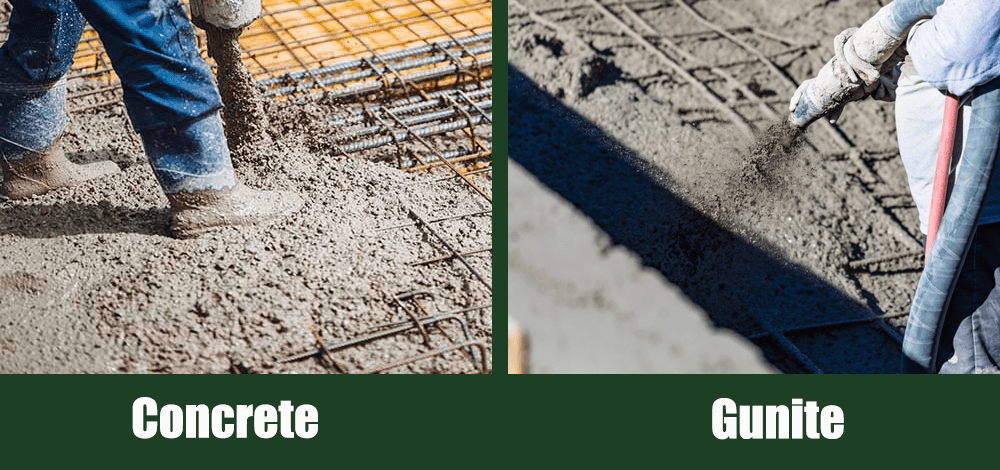
Concrete and gunite are two substances that are often confused with one another. While they may appear similar, there are some key differences between the two that should be noted.
Moreover, choosing the wrong material for your project can have disastrous consequences, so it is important to be informed about the key distinctions between concrete and gunite.
In this guide, we put your worries to rest by explaining the differences between concrete and gunite. So read on to learn more about these materials and how to choose the right one for your needs.
Overview of Concrete
Concrete is perhaps the most commonly-known construction material. It is used in buildings, driveways, sidewalks, and many other structures. It’s made by mixing cement, water, and aggregate (such as sand or gravel) together. This mixture forms a paste that hardens over time to form the strong material we know as concrete.
There are many benefits to using concrete. It is very strong, durable, and even resistant to some weather conditions (but not all). It is also relatively inexpensive and easy to work with. However, concrete does have some disadvantages. It can crack over time, and it is not always the most aesthetically pleasing material.
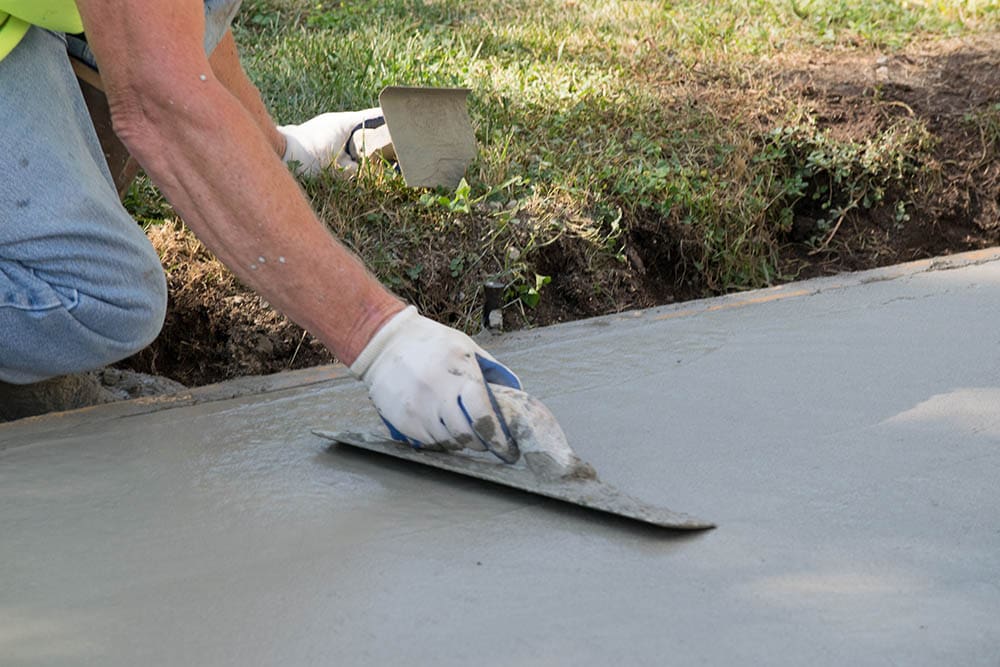
How It Works
To fully understand the difference between concrete and gunite, it’s important first to have a grasp on concrete basics. So far, you’ve learned how it’s made. But there is more than one type of concrete, and that can have a profound impact on your project. For example:
- Ready-Mix Concrete: This is made in a factory and delivered to the job site in a truck. It’s premixed and must be used fairly quickly after it’s delivered.
- Poured Concrete: This is made on-site using cement, sand, gravel, and water. It takes longer to set up than ready-mix concrete, but it’s cheaper.
- Concrete Blocks: These are pre-cast concrete blocks that can be used for walls, foundations, and other structures.

What It’s Good For
Concrete is used more than any other man-made material in the world. As a building material, concrete can be cast in almost any shape imaginable, making it a versatile and popular choice for both commercial and residential applications.
What’s more, concrete is extremely strong and durable, which makes it an ideal material for both foundations and structural support. As such, you can find concrete in everything from skyscrapers to bridges to sidewalks.
- Inexpensive
- Durable
- Can be used in a variety of applications
- Cracks easily
- Susceptible to weathering and other environmental damage
- Difficult to repair
 Overview of Gunite
Overview of Gunite
Gunite is a type of concrete that is sprayed onto surfaces. It is made by mixing water and dry cement together and then spraying it onto the surface using a high-pressure hose. Gunite can be used on walls, ceilings, floors, and other surfaces. It is often used to repair cracks or holes in concrete surfaces.
Given its application, it’s not surprising that gunite is often confused with concrete. Both are made from cement, sand, gravel, and water. And both can be used for a variety of purposes, including building homes and other structures, paving roads and sidewalks, and creating landscape features like pools and patios.
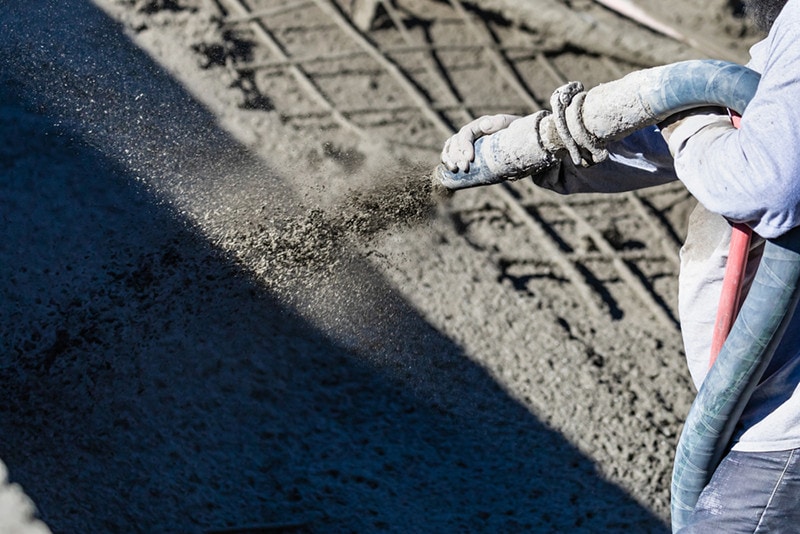
How It Works
Essentially, gunite is concrete that is sprayed from a hose instead of being poured. The dry ingredients (cement, sand, and gravel) are mixed together and then combined with water. This mixture is then pumped through a hose to the nozzle, where it is sprayed onto the surface.
What It’s Good For
Gunite is ideal for pools that have curves or other custom features because the material can be sprayed into place. Its mode of application also makes it possible to reach difficult-to-access places, such as the inside of a curved wall.
The main advantage of gunite over poured concrete is its flexibility. Since gunite is applied as a dry mix and then wetted with water, it can be easily applied to any shape or size structure. Gunite is usually reinforced by steel rods, wire mesh, or fiberglass.
Once the gunite is in place and has dried, it’s very difficult to make changes. So if you’re planning on adding features, be sure to have a clear plan before the gunite is applied.
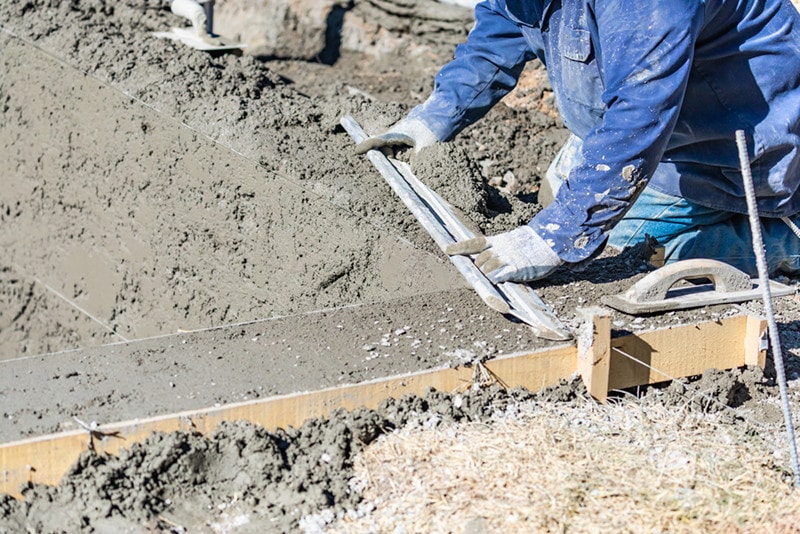
- Versatile
- Ideal for custom shapes
- Can be used on vertical surfaces
- Durable
- Specialized equipment needed
- Takes longer to install
- Can be expensive
 What Are the Differences?
What Are the Differences?
If you have a project that calls for concrete, you might be wondering if you should use gunite or concrete. Here’s a look at the key differences between these two materials to help you make the best decision for your project.
- Concrete is a mixture of cement, water, and aggregate (sand, gravel, or crushed stone). The cement and water form a paste that coats the aggregate and hardens over time.
- Gunite is sprayed via a hose, while concrete is traditionally poured.
- Concrete is mixed in a batch process, while gunite is mixed in a continuous process.
- Gunite can be applied more quickly than concrete.
- Concrete is less costly than gunite.
- Gunite can be used in a thinner layer than concrete because it adheres to the surface more effectively.
- Gunite is more resistant to cracking than concrete.
- Concrete is available in a variety of colors, while gunite is typically gray.
As you can see, there are a few key differences to keep in mind. Ultimately, the best choice for your project won’t only depend on your specific needs and preferences but also on the application process.
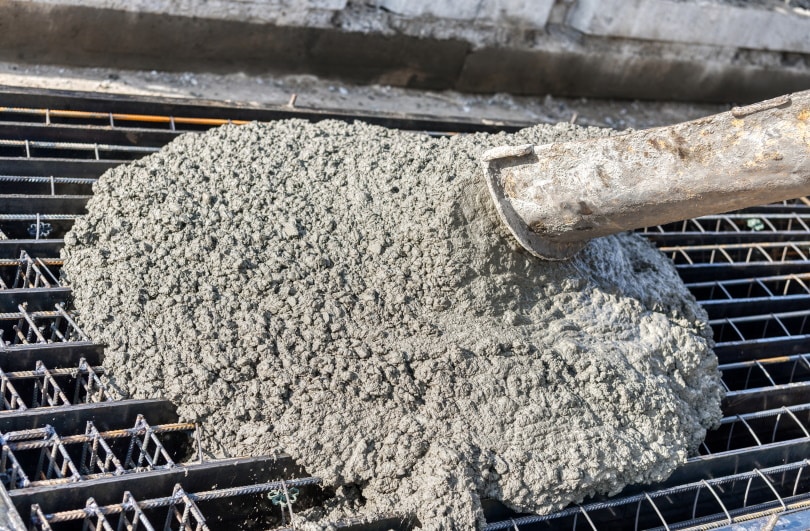
Which Is Right for You?
Choosing between concrete and gunite can be tough. After all, they both have their pros and cons. But don’t worry—we’re here to help you make the right choice for your project.
Gunite is better suited to projects that require a more customized shape, such as a swimming pool. Concrete, on the other hand, is better for projects that are more traditional in nature.
So, which is right for you? It all depends on your project and what you’re looking to achieve. If you need help making a decision, check out the comparison table below for further direction.
| When to Use Concrete | When to Use Gunite |
| Driveways | Swimming pools |
| Sidewalks | Spas |
| Patios | Water features |
| Basements/floors | Custom, unique shapes |
 Conclusion
Conclusion
So, what’s the difference between concrete and gunite? In a nutshell, concrete is a construction material made from cement, aggregate, and water, while gunite is a type of concrete that is sprayed from a hose.
While both materials have their own set of benefits and drawbacks, gunite has the edge over concrete when it comes to durability and versatility. So if you’re looking for a material that can withstand the test of time and create unique construction, gunite may be the better option.
Featured Image Credit: Left – Concrete (bogdanhoda, Shutterstock); Right – Gunite (Andy Dean Photography, Shutterstock)
Contents


